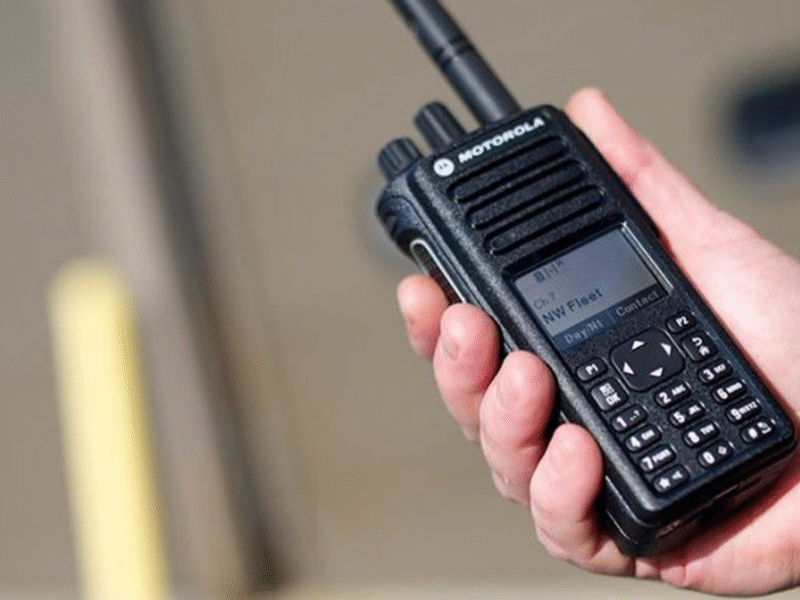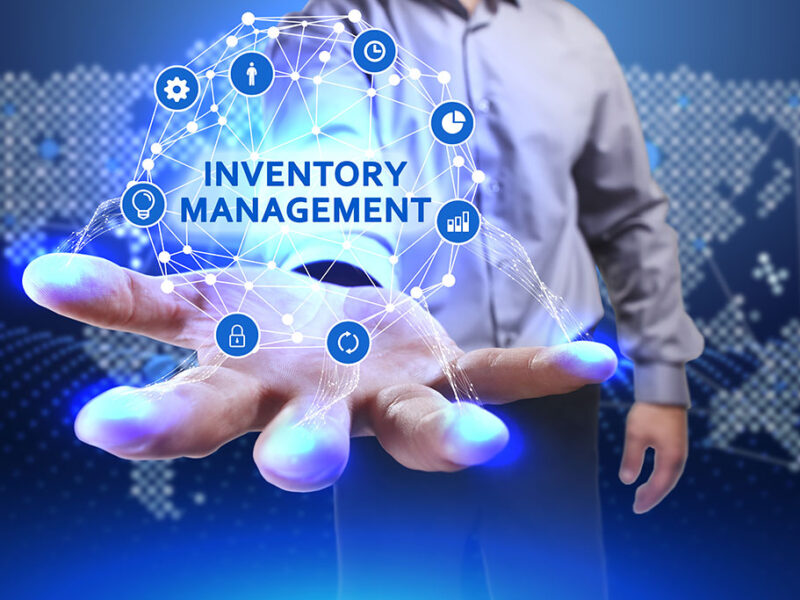In the dynamic landscape of security, staying ahead of potential threats is more critical than ever. As businesses and organizations strive to safeguard their assets, employees, and sensitive information, the need for efficient security measures becomes paramount. One often overlooked but integral aspect of this security infrastructure is the Alarm Management Platform.
Understanding the Basics
What is an Alarm Management Platform?
At its core, an Alarm Management Platform is a centralized system that monitors and processes alarms from various security devices, such as surveillance cameras, access control systems, and intrusion detection sensors. Think of it as the conductor of a symphony, harmonizing the diverse signals into a coherent and actionable tune.
The Proliferation of Security Devices
With the proliferation of security devices in modern environments, ranging from traditional CCTV cameras to advanced biometric access control systems, managing and interpreting the flood of alarms can be overwhelming without a dedicated platform.
The Challenges of Traditional Approaches
Alarm Fatigue
In a traditional setup, security personnel are often bombarded with a deluge of alarms, leading to what is known as ‘alarm fatigue.’ This phenomenon occurs when the sheer volume of alerts desensitizes operators, causing them to overlook critical warnings amidst the noise.
Delayed Response
Without a centralized Alarm Management Platform, the response time to potential threats can be significantly delayed. This delay could be the difference between preventing a security breach and grappling with its aftermath.
The Crucial Role of Alarm Management Platforms
1. Centralized Monitoring and Control
An effective Alarm Management Platform consolidates alarms from various security devices into a centralized dashboard. This not only provides a holistic view of the security landscape but also enables swift response to emerging threats.
2. Intelligent Alarm Prioritization
Not all alarms are created equal. One of the key features of a robust Alarm Management Platform is its ability to intelligently prioritize alarms based on predefined criteria. This ensures that security personnel focus on the most critical threats first.
3. Integration Capabilities
Modern security ecosystems are diverse, with a mix of proprietary and third-party devices. A top-notch Alarm Management Platform seamlessly integrates with these devices, fostering interoperability and creating a unified security infrastructure.
4. Customizable Workflows
Every organization has unique security requirements. A flexible Alarm Management Platform allows for the customization of workflows, ensuring that the system aligns with the specific needs and protocols of the business.
Implementing an Alarm Management Platform: A Step-by-Step Guide
Step 1: Assess Your Security Landscape
Before diving into the world of Alarm Management Platforms, conduct a thorough assessment of your existing security infrastructure. Identify the types of devices in use, potential vulnerabilities, and areas where alarm response can be enhanced.
Step 2: Define Alarm Prioritization Criteria
Work closely with security personnel to establish clear criteria for prioritizing alarms. This could include factors such as the location of the alarm, the type of device triggering it, and the time of day. Tailoring these criteria to your specific environment is key to avoiding unnecessary distractions.
Step 3: Research and Select a Suitable Platform
Not all Alarm Management Platforms are created equal. Research available options, considering factors such as ease of integration, customization capabilities, and user interface intuitiveness. Seek recommendations from industry peers to ensure the platform aligns with your organization’s needs.
Step 4: Integration and Testing
Once you’ve selected a platform, embark on the integration process. Collaborate with your security device providers to ensure seamless connectivity. Thoroughly test the platform in a controlled environment to identify and address any potential issues before full deployment.
Step 5: Training and Familiarization
Introduce the Alarm Management Platform to your security personnel through comprehensive training sessions. Ensure that operators are familiar with the platform’s features, including alarm prioritization, centralized monitoring, and customizable workflows. This step is crucial for maximizing the platform’s effectiveness.
Realizing the Benefits
1. Enhanced Security Response
By streamlining the monitoring and response process, an Alarm Management Platform empowers security teams to respond swiftly and effectively to potential threats. This proactive approach can prevent security incidents before they escalate.
2. Reduced Workload and Stress on Security Personnel
The intelligent prioritization of alarms reduces the burden on security personnel, mitigating alarm fatigue. By focusing on critical alerts, operators can maintain a heightened level of alertness without being overwhelmed by non-urgent notifications.
3. Improved Incident Documentation
A centralized platform not only aids in real-time threat response but also serves as a comprehensive incident documentation tool. This can be invaluable for post-incident analysis, compliance reporting, and refining security protocols.
Looking Ahead: The Future of Alarm Management Platforms
As technology continues to evolve, so too will the capabilities of Alarm Management Platforms. The integration of advanced analytics, machine learning, and predictive modeling holds the promise of even more sophisticated threat detection and response. However, for now, the focus should remain on implementing and optimizing existing platforms to fortify security infrastructures.
In conclusion, the adoption of an Alarm Management Platform is not just a technological upgrade; it’s a strategic investment in the overall security posture of an organization. By centralizing and intelligently managing alarms, businesses can navigate the complex landscape of modern security with confidence and agility.



